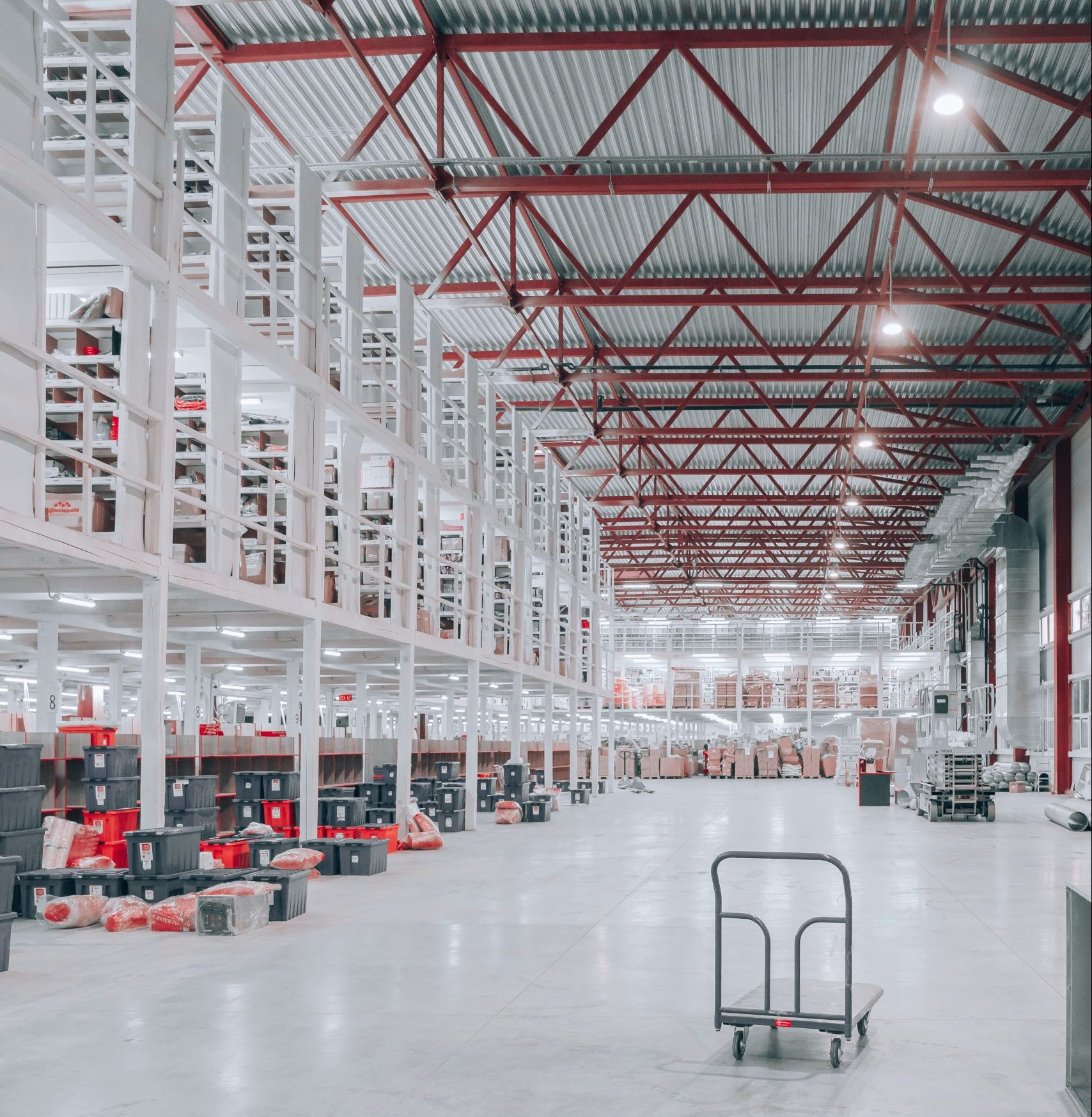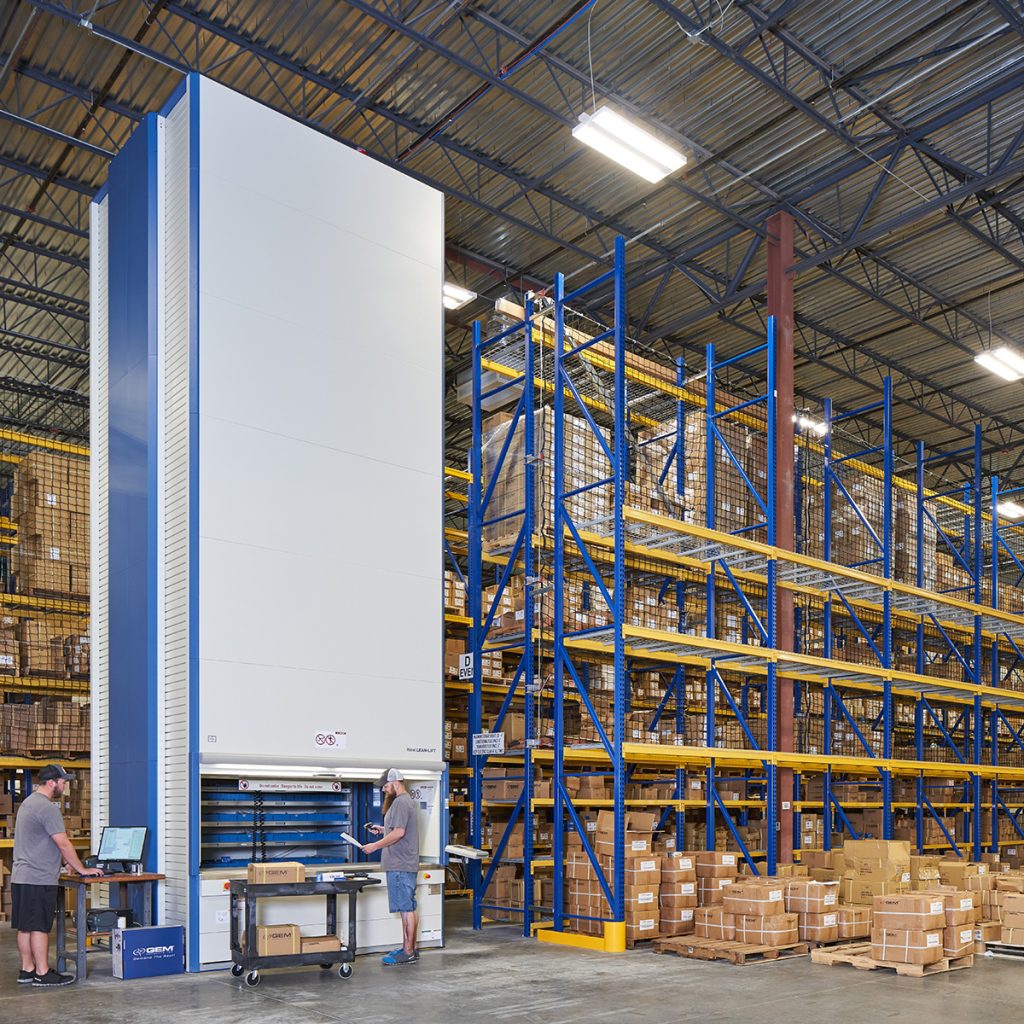Understanding JIT and JIC Inventory Methods
 There are two popular inventory management strategies that are very beneficial to maintaining a cost-effective storage process, but also offer competing approaches to storing your inventory. These methods are Just-In-Case (JIC) and Just-In-Time (JIT) inventory management.
Just-In-Case, the more traditional method for inventory management, is the method of holding a reserve of both raw materials and finished products in order to respond to sudden increases in demand. This method allows companies to stay competitive in their lead times by having readily available inventory in case of an unforeseen spike in orders.
Just-In-Time, a more modern method to inventory management, involves working closely with suppliers in order to have raw materials arrive the same time production is scheduled that requires their immediate use. This helps to eliminate dead stock inventory or finished products and parts making the storage process much more cost-efficient! The draw back to this more traditional method of inventory management is that unforeseen spikes in orders can lead to longer lead times as additional raw materials need to be ordered for further production.
There are two popular inventory management strategies that are very beneficial to maintaining a cost-effective storage process, but also offer competing approaches to storing your inventory. These methods are Just-In-Case (JIC) and Just-In-Time (JIT) inventory management.
Just-In-Case, the more traditional method for inventory management, is the method of holding a reserve of both raw materials and finished products in order to respond to sudden increases in demand. This method allows companies to stay competitive in their lead times by having readily available inventory in case of an unforeseen spike in orders.
Just-In-Time, a more modern method to inventory management, involves working closely with suppliers in order to have raw materials arrive the same time production is scheduled that requires their immediate use. This helps to eliminate dead stock inventory or finished products and parts making the storage process much more cost-efficient! The draw back to this more traditional method of inventory management is that unforeseen spikes in orders can lead to longer lead times as additional raw materials need to be ordered for further production.
The Reshoring Trend and its Effect on Storage
 For those unaware, reshoring is the process of transferring a business operation from overseas back to its country of origin.
In the case of the United States since the COVID-19 outbreak, reshoring has become a popular trend with many businesses in order to tighten up the supply chain, and keeping logistics costs, taxes, and other expenses low.
This has allowed facilities to benefit more from both Just-In-Case and Just-In-Time inventory processes as raw materials and parts are closer and easier to ship to the manufacturing and distribution plants.
For those unaware, reshoring is the process of transferring a business operation from overseas back to its country of origin.
In the case of the United States since the COVID-19 outbreak, reshoring has become a popular trend with many businesses in order to tighten up the supply chain, and keeping logistics costs, taxes, and other expenses low.
This has allowed facilities to benefit more from both Just-In-Case and Just-In-Time inventory processes as raw materials and parts are closer and easier to ship to the manufacturing and distribution plants.
Automate Your Storage and Stay Up to Date
 Whether your business is taking part in reshoring or not it is important to make sure you have the proper storage solutions to operate with your inventory processes.
Automated storage solutions, such as vertical lift modules from Hanel Storage Systems, are great solutions for facilities taking advantage of either Just-In-Case or Just-In-Time inventory processes.
Regardless of if you are maintaining additional storage in your facility for unforeseen demand or if you are trying to cut down on costs and be more efficient through just-in-time tactics, having an automated storage system increases your productivity, inventory security, and most importantly the accuracy of your inventory in the facility!
These solutions are also beneficial for maximizing your floor space as they allow you to grow vertically creating more room for other processes. Automated storage can be a difference maker in deciding whether or not your need to purchase a larger facility.
This is especially true if your business taking part in reshoring! As new facilities or newly purchased used facilities may need to be purchased in order to produce parts and raw materials in the US the issue of what solutions will be the most beneficial to their effectiveness will come into question. Automated storage can be the answer to the storage needs of these facilities making your whole reshoring process more efficient than ever.
Whether your business is taking part in reshoring or not it is important to make sure you have the proper storage solutions to operate with your inventory processes.
Automated storage solutions, such as vertical lift modules from Hanel Storage Systems, are great solutions for facilities taking advantage of either Just-In-Case or Just-In-Time inventory processes.
Regardless of if you are maintaining additional storage in your facility for unforeseen demand or if you are trying to cut down on costs and be more efficient through just-in-time tactics, having an automated storage system increases your productivity, inventory security, and most importantly the accuracy of your inventory in the facility!
These solutions are also beneficial for maximizing your floor space as they allow you to grow vertically creating more room for other processes. Automated storage can be a difference maker in deciding whether or not your need to purchase a larger facility.
This is especially true if your business taking part in reshoring! As new facilities or newly purchased used facilities may need to be purchased in order to produce parts and raw materials in the US the issue of what solutions will be the most beneficial to their effectiveness will come into question. Automated storage can be the answer to the storage needs of these facilities making your whole reshoring process more efficient than ever.
